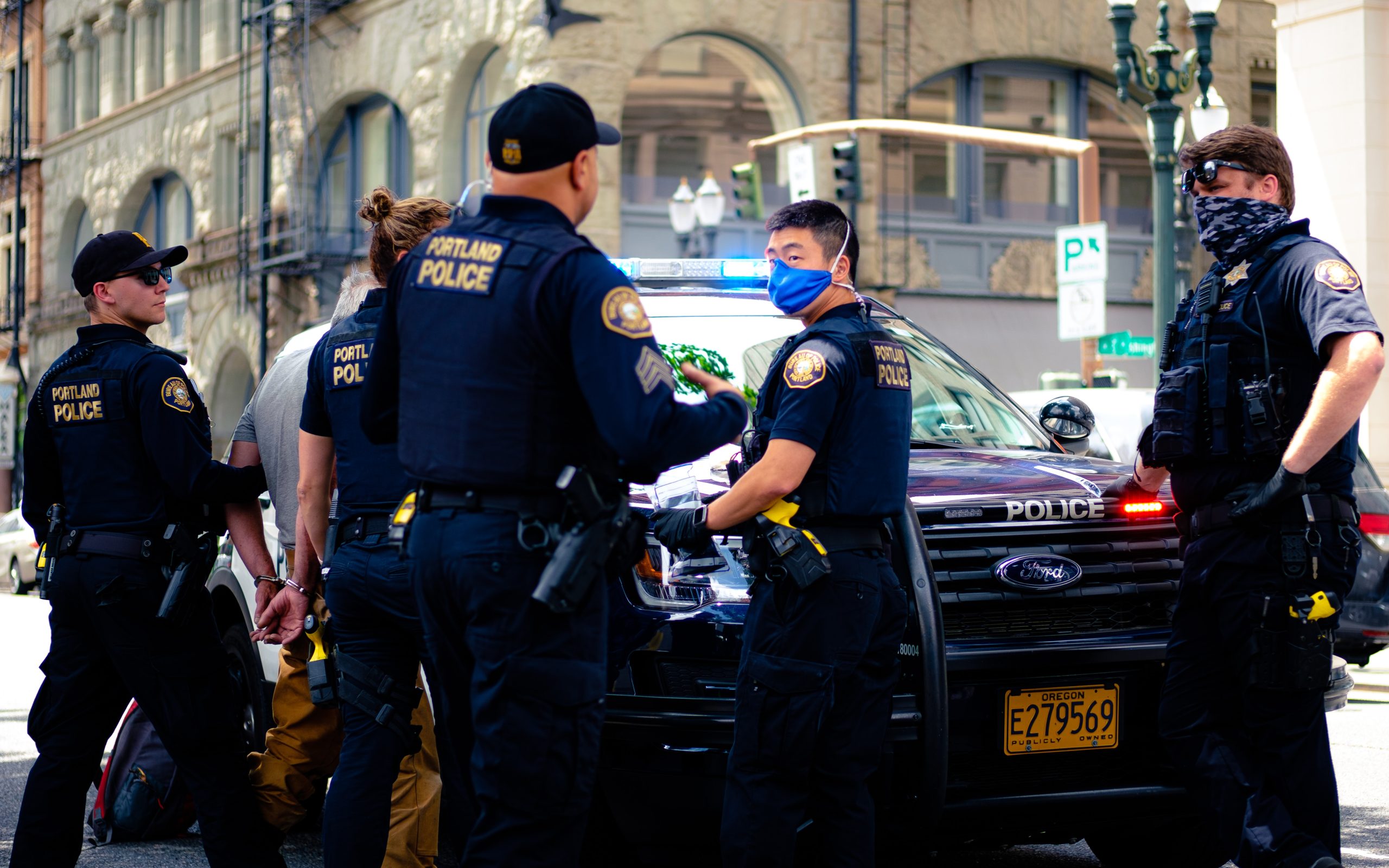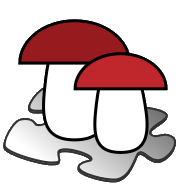2.5 Constructing Drugs & People Who Use Drugs
“Government officials, the media, and other authorities have found that drug addiction, abuse, and even use can be blamed by almost anyone for long-standing problems and the worsening of almost everything. Theft, robbery, rape, malingering, fraud, corruption, physical violence, shoplifting, juvenile delinquency, sloth, sloppiness, sexual promiscuity, low productivity, and all-around irresponsibility – nearly any social problem can be said to be made worse by drugs.”
Harry G. Levine (2002, p. 170)
![]() (Some older terms, now recognized as stigmatizing, are used in this quote)
(Some older terms, now recognized as stigmatizing, are used in this quote)

Demonizing, or inaccurately problematizing various forms of substance use has created a cultural climate where both drugs and people who use drugs (PWUD) are easily constructed as folk devils, through various types of claims-making activities. According to Mosher & Atkin (2014), this climate serves the needs of a diverse array of claims-makers/interest groups, including politicians, criminal justice officials, and the media. Each has their own reasons/motives for vilifying drugs, including: drawing attention away from government policies or inactions that have led to, or exacerbated substance use; enhancing police and criminal justice system funding and budgets to “fight the drug war”; and increasing sales and profits of corporations (e.g., media, private prisons and security).
Constructionist theory facilitates our understanding of how and why particular drugs or forms of drug use suddenly become the focus of attention of claim-makers (e.g., politicians, media), and the social processes involved in altering public perceptions of substances and the people who use them. As we progress through the course, you will see that increasingly counter claims-making activities, by health care and community service workers, academics, advocates, and people with living and lived experience (PWLLE), are working to reconstruct, destigmatize and reorientate how we view substances and the people who use them.

Click the links below to access the remaining required materials for this chapter and to learn about how drugs, PWUDs, and drug control policies have been constructed at various points in time in the 20th and 21st century:
Librarians and Other Subversives: Truth Can be a Casualty of Drug Wars, Too
The Social Impact of Drugs & the War on Drugs: The Social Construction of Drug Scares (Read pages 58-63)
Crack Then Meth Now: What the Press Didn’t Learn From the Last Drug Panic?
Naloxone Urban Legends and the Opioid Crisis: What is the Role of Public Health?

